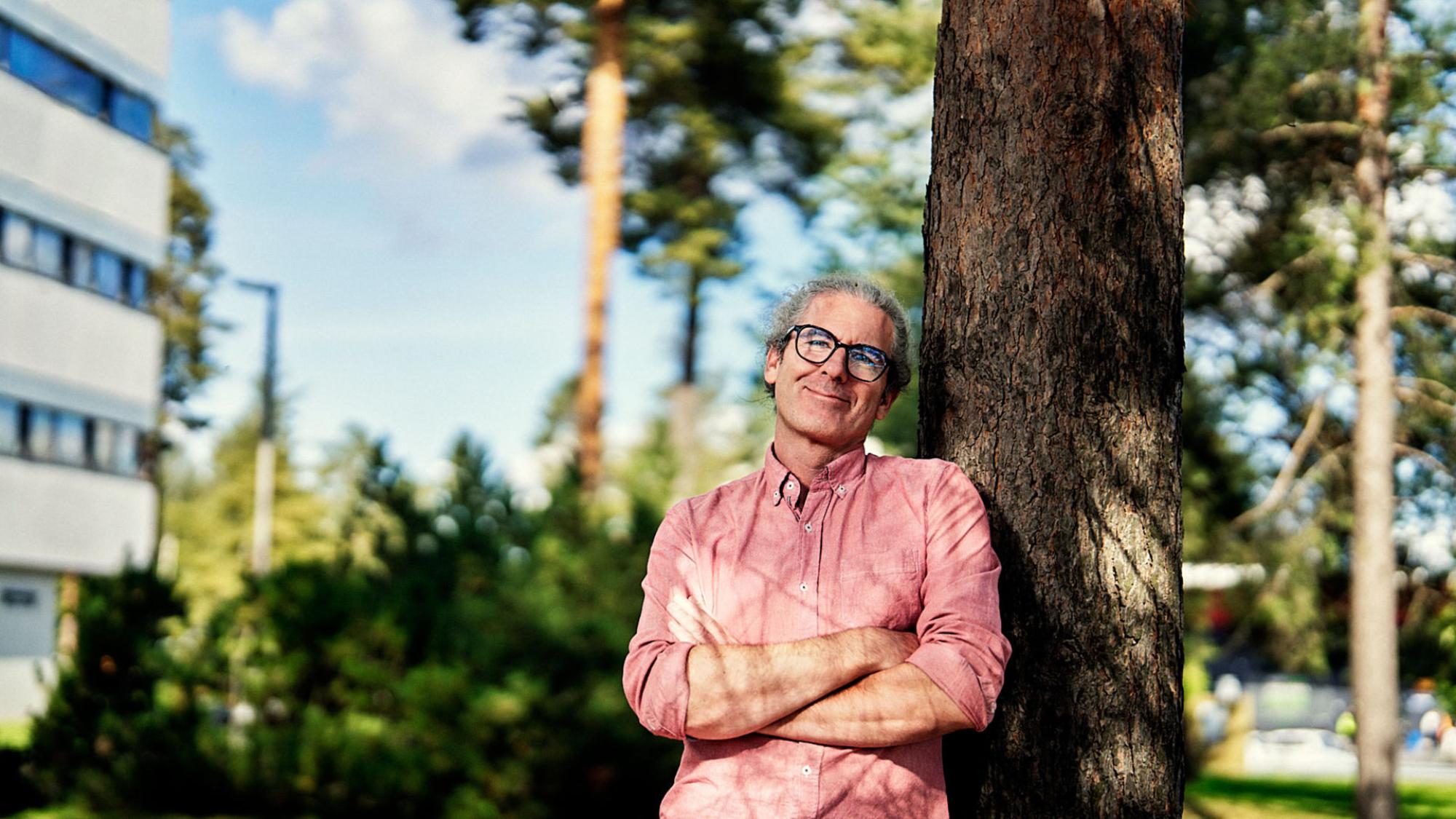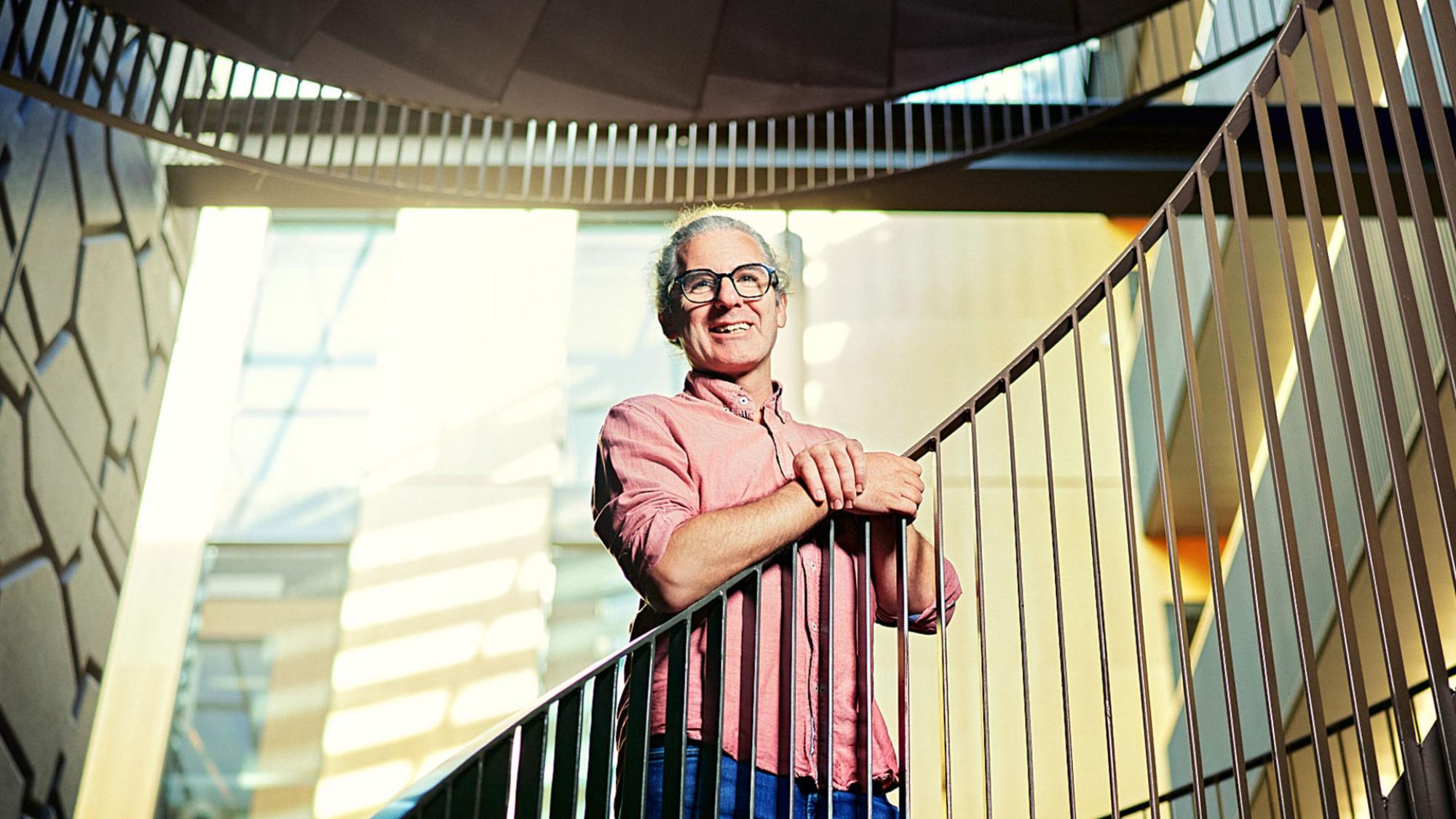In it for the long run: Leading a birth cohort study is paving the way for future generations of researchers

The Northern Finland Birth Cohort 1966, or NFBC1966, is a life-course study of over 12,000 babies born in 1966 in the then provinces of Oulu and Lapland. In 2026, the participants will turn 60 years old, which is another milestone in the study and a new chance to collect data and biological samples. This cohort study–as well as a later one, NFBC1986–is extraordinary in Finland in size and scope, and also internationally rare, as there are few such long-term population studies worldwide.
It is fair to say that Professor Sylvain Sebert, the current scientific director of the Northern Finland Birth Cohort at the University of Oulu, had no inkling as a young man in France that he would pick up the baton and continue the relay started by Paula Rantakallio so many decades ago. Sebert grew up close to the sea and like so many people in France and abroad, he was charmed by the adventures of Jacques Cousteau and wanted to become a marine biologist. He didn’t get to use the prefix ‘marine’ but he did become a biologist who turned his focus to nutrition and the problems related to obesity.
“This was quite early in the obesity crisis and I wanted to understand the concept of appetite control and the connections between the brain and the rest of the body. I was concerned with how the way we eat as children is related to the risk of childhood obesity and diabetes, and these are still my main interests as a researcher,” Sebert recollects.
Sebert worked on animal models first in France and later in Nottingham, UK, as a post-doc researcher to study the effects of fetal development and maternal nutrition, which he describes as “really cool.” However, he soon realised that while experimental models derived from animal behavior are very interesting scientifically and biologically, they don’t fully translate to what’s happening in humans.
“These types of diseases are far more complicated than just a combination of biological, social and genetic factors. Studying them is challenging and it’s not necessarily relevant to try to mimic this phenomena in animals. I have always been frustrated by reductionist approaches to complex problems, when it’s clear you need to understand them from many different angles in a multidisciplinary approach,” Sebert says.
A change in perspective
This preference for multidisciplinary research led Sebert to start working on the Early Nutrition Programming Project in 2005, a truly multicultural and multidisciplinary EU project.
While working in the Imperial College London, he became acquainted with Marjo-Riitta Järvelin from Oulu, who was the professor of lifecourse epidemiology in the university and working as an advisor in the project. Järvelin was also splitting her time between London and Oulu, where she was working on the Northern Finland Birth Cohorts (NFBC) 1966 and 1986. This professional encounter set Sebert on his path to epidemiology, and to Oulu.
“I had no idea this kind of cohort work existed. When you come from experimental science, you don’t necessarily understand the fuss about epidemiology,” Sebert chuckles.
“Back then, they were doing the data collection on 46 year olds for the NFBC1966, which was an amazing thing. They were focused on the actual data collection, so maybe they couldn’t see it themselves, but from the outside you realised the richness of it. It was quite shocking to see this little town of Oulu in the North produce a study that is so valuable to so many.”
Building collaboration between countries
Sebert started to work with Järvelin and the cohort study. Soon, he realised that being French and working from London to study a Finnish population was quite challenging, geographically speaking. In 2012 he came to Oulu with his family in what felt like a logical step. His first step was to work as a researcher and transition from biology to epidemiology. Little by little, Sebert started to work on how to open the cohort study to international collaborations instead of focusing on it locally.
With Järvelin and others he started to build EU projects, like the DynaHEALTH Consortium which aimed at developing a life-course strategy to reduce the risks of obesity and the related onset of type 2 diabetes. The consortium was coordinated by the University of Oulu.
“The cohort study is extremely big and special in terms of quality, data, and resources, but it is not unique in Europe. There are similar birth cohorts that have been following the same steps, and so we made it a priority to build a lot of research collaboration with those cohorts to see how they complement each other,” Sebert explains.
These collaborations have included a project on harmonising data from different countries. A simple example is how the UK still uses imperial units while other European countries use metric, but also how to compare things like alcohol intake, psychological factors, behavior and so on. According to Sebert, projects like this have built a strong foundation for future collaboration and indeed there is a new EU project called STAGE (Stay Healthy Through Ageing), which is focusing on the effects of ageing.
“It is so important to have built this life course dataset. It is unique in trying to identify the earliest risk factors you could prevent. We actually know very little about human aging, and most of it is very speculative because the time windows are so small between different cross sections in different populations. You definitely didn’t have the full history before. So, we continue diving into the unknown and this is very exciting,” Sebert says.
Next year’s data collection is another logistical challenge but it promises to yield again huge amounts of useful information to researchers. They will start to see the evidence for cognitive decline and even cognitive disorders in the population and the brain’s capacity to change. Sebert says that technological advances in these six decades have opened many new avenues of research and data collection.
“It’s quite crazy to imagine what we might observe and discover with new ways to measure brain functions accurately and non-invasively. Five years ago for someone interested in preventing dementia people would have said that there is no cure, it just happens. Well, do we know that for a fact? There might be ways to delay, to prevent, and maybe, to cure,” Sebert says.
The data from the NFBC1966 and the later one, NFBC1986 is a treasure trove for any scientist like Sebert, but it also represents a direct response to public health policy and how to develop it. Ageing is a demographic challenge as well as a public health challenge in Finland and all over Europe, and this kind of research is able to give direct answers to them.
“It is already incredible to think of how society has changed from 1966, when our cohort study began. It’s quite amazing to think what our society will be in the next sixty years,” Sebert contemplates.
An important legacy
Sebert was always driven by scientific curiosity in his work with the cohort study, but he discovered along the way another, maybe more personal sense of purpose in the work.
“It’s wonderful to do this research with people. The participants are extremely curious about it and very proud to be a part of it. It is an identity. We are doing more and more participatory research and engaging citizens with research, which is very cool because we start to break this scientific ivory tower,” Sebert says.
This might also be something that professor Rantakallio didn’t fully anticipate in the 1960’s. She started a line of research which was picked up by Marjo-Riitta Järvelin for thirty years, and now Sylvain Sebert is the one holding the baton.
This is how one sees research, Sebert says.
“You start something and you have no idea what the next thing will be. There are generations of researchers who have been built on this study, with over 1800 scientific papers published since 1968. So now me and others carry on with this legacy. It is a thought that makes you very proud, very honoured, and very humble. And it makes you hope you don’t mess it up,” Sebert says with a smile.

Text: Janne-Pekka Manninen
Photos: Mikko Törmänen